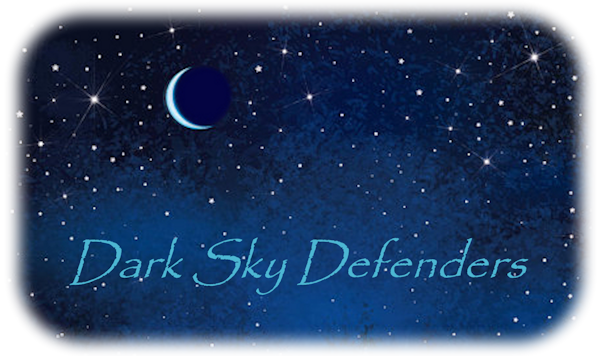|
Those aged 30 and younger may never have experienced a truly dark night sky. And if no action is taken, they never will. Every year, the remaining dark patches on this planet shrink as both the amount of artificial light used and the area it covers grow by about 2% per year. And satellite “megaconstellations” add to terrestrial light pollution in even the darkest skies. The changes go largely unnoticed because it’s difficult to perceive what we’re losing so gradually yet persistently. Adapted from John Barentine Ph.D. Dark Sky Consulting, LLC To confront problems effectively, we must understand them. And to tackle the problem of light pollution around the world, we must become familiar with the knowns and the unknowns of the subject. In support of that goal, last month the International Dark-Sky Association (IDA) released the “Artificial Light at Night: State of the Science 2022” report. It is a high-level overview of the best of our scientific understanding of how artificial light at night affects the nighttime environment. It finds the world transformed by electric light in less than 150 years since its introduction. This document condenses the current scientific consensus on how artificial light affects seven key topics: The Night Sky Light emitted into the night sky makes it difficult to see the stars. On the ground, artificial light at night (ALAN) makes the nighttime environment brighter. Weather changes like clouds and snow on the ground can make this impact worse. New and inexpensive light sources like white light-emitting diodes (LEDs) have a growing impact on both the night sky and outdoor spaces at night. Wildlife and Ecology ALAN exposure impacts almost every species studied by scientists. It interferes with their biology and changes how they interact with the environment. This harms ecosystems and can make plants and animals less resilient in the face of environmental change. Human Health Scientific evidence establishes a link between ALAN exposure and adverse human health consequences. These include disruptions in chemical signaling in the body, certain kinds of changes at the genetic level, and shifts in sleep/wake cycles set by natural light sources. These effects may contribute to the incidence of certain chronic diseases in some people. These conclusions are largely drawn from controlled studies of exposures to indoor lighting, suggesting caution in interpreting the influence of outdoor lighting on health. Public Safety The belief that outdoor lighting improves traffic safety and discourages or prevents crime is common. It may explain in part the rapid growth in the use of outdoor light at night in recent years and decades. There are cases where the careful application of outdoor lighting may improve nighttime safety, but there is no general benefit supported by scientific evidence. Energy Use and Climate Change Wasted outdoor light at night is wasted energy. The world remains highly dependent on fossil fuels to generate electricity. Since light pollution represents a waste of energy, it also contributes directly to climate change. Social Justice We know very little about how ALAN affects people in social contexts. Light at night may be used in ways that affect neighborhoods according to the race of the people who live in them. That may make light at night use a matter of social and environmental justice. Earth Orbiting Sources of Light Pollution The number of artificial satellites surrounding the Earth is increasing rapidly. Satellites reflect sunlight to the ground and change the appearance of the night sky. Because they raise night sky brightness, they are a new kind of light pollution threat. Scientific interest in light pollution is surging, and the number of scientific papers on the subject published each year is now three times higher than it was a decade ago. Researchers make new discoveries and collect data supporting earlier conclusions. The landscape of light pollution research changes often. As such, we consider this report as a “living document” that will be updated in the future to account for further developments in the various fields of artificial light at night research.
For a closer look at how and why IDA created this report, click here to watch the March 2022 Advocates Meeting presented by Dr. John Barentine. Photo Southern Methodist University - phys.org
The brightening night sky negatively impacts behavioral changes in animals and causes decreased plant growth. Both sunlit days and dark nights are essential. Unlike humans, most animals use the varied lighting as cues when to feed, mate and migrate. Too much artificial light confuses their instinctive activity, creating fatigue, and can even lead to a halt in their normal behavior, such as the natural migration of birds, salmon, etc. When they don’t reach their destination at the appropriate time of year, it can cause a decline in their population, and make them vulnerable to harsh weather, starvation and the danger of being preyed on by other animals. Without dark nights, plants slow in their growth as well. Both plants and animals have relied on the predictable rhythm of day and night, and humans have disrupted this cycle with light pollution. Continue reading here. APRIL 22 - 30, 2022 US Department of Energy Scott Minos, March 28, 2022 When considering the environment and pollution, thoughts usually go to water, air, and the land. But there are other kinds of pollution, including pollution from lighting. International Dark Sky Week aims to bring attention and action to this lesser known type of pollution. Any artificial light that is not needed is considered light pollution. Light pollution is increasing at 2x rate of population growth and 83% of the global population lives under a light-polluted sky.
Light pollution:
Use outdoor lighting responsibly by:
Bulb by bulb, this Bay Area outpost is preserving its dark sky in a quest to join an exclusive club Point Reyes aims to become an official Dark Sky Reserve, limiting lights in California’s popular coastal playground. Lisa M. Krieger, San Jose Mercury News Mobilizing to preserve a celestial view under threat from the Bay Area’s growing glow, the community has applied to become an official International Dark Sky Reserve – a cherished status shared by fewer than two dozen places on Earth. But going dark is easier said than done, because the light problem is everywhere: in the school that educates rural children, in the restaurants that define California cooking, in the ranches that raise famed grass-fed beef, in the firehouse that protects against a flammable landscape. “Dark skies are important,” said Sheryl Cahill, who plans to spend thousands of dollars to install downward-facing lights at her two popular restaurants, the Station House Cafe and Side Street Kitchen. “But so is safety and the ability to navigate the town.” To gaze at the West Marin sky is to see sights hidden to the rest of the Bay Area. If your back is turned to the horizon’s glare of Highway 101, it’s possible to view 2,000 stars. Want to stay out all night? As the Earth rotates, the number soars to 6,000. On a recent moonless night, stars glittered like scattered diamonds. “It’s absolutely beautiful – and our whole basis of time and place,” said local astronomer Don Jolley at a recent stargazing event, part of the movement’s effort to boost public awareness. The crowd, wrapped in warm blankets in a circle of lawn chairs and hot drinks, stared up at the inky blackness. There’s a trio of faint but perfect pairs: Talitha, Tania and Alula. Ancient Arabs described them as the three leaps of a gazelle, startled at the waterhole by the nearby constellation of Leo the Lion. Nearby is a delicate glow, representing Cancer the Crab, the dimmest of the 13 signs of the Zodiac. In the same neighborhood as the red star of Regulus and showy Gemini Twins, it could be easily missed. There’s the soft spectacle of the Andromeda galaxy, 2.5 million light-years away and the most distant thing visible to the unaided eye. Squinting, you can make out a cluster of young stars dubbed the “Beehive.” The Old Testament says that these bees swarmed out of the skull of a lion slain by warrior Samson – recounted in song by Marin’s own Grateful Dead. “These newly born stars are coming alive and lighting up the remnants of gas and dust out of which they were born,” Jolley told the rapt crowd. “It’s a nursery.” This display is what makes the region such a strong candidate for official Reserve designation, said Ashley Wilson of the Arizona-based International Dark Sky Association, a group that promotes awareness of light pollution. A reserve must comprise at least 173,000 acres and is much larger than the more common Dark Sky Place. The only other U.S. site in Idaho, stretching from Ketchum to Stanley; required nearly two decades of work and policy decisions. Other applications are underway in Colorado and Texas. Bulb-by-bulb analysis begins The process is rigorous, requiring data collection, community education and adoption of light-limiting features, such as timers, dimmers, motion sensors, softer and warmer LED bulbs and shields, so that light shines only where it’s needed. Only about 20% of initial queries make it through to completion, Wilson said. The West Marin effort was initiated by the Point Reyes Village Association, the town’s governing body, but has since been taken over by the National Park Service. “I think there is a really interesting opportunity here because Point Reyes still maintains good night sky quality and is so close to the metropolitan areas of San Francisco and Oakland,” Wilson said. The core of the reserve would be the Point Reyes National Seashore, its unblemished heavens on the edge of the vast Pacific. The periphery could include the brighter and busier West Marin villages of Point Reyes Station, Inverness, Olema, Marshall and more. Because conversations with communities have just started, there are no boundaries yet. For decades, population growth and development in the Bay Area have crept closer to this landscape, bringing more glare and glow. The rise of light pollution has accelerated in recent years with the widespread adoption of powerful LED lights. Night skies have never gained the protection offered air, land and water. While still an outpost, the region is one of California’s most popular playgrounds, attracting about 2.7 million visitors a year to its trails, beaches, oyster bars, bakeries, restaurants, bookstore and a feed barn that serves organic pastries and coffee. This makes it hard to banish brightness. Where to even begin? Bulb by bulb, the Park Service is measuring 1,000 different spots – from its Bear Valley headquarters and staff residences to a hostel, riding stable and 30 ranches – with a $3,000 handheld spectrometer. On the windswept edge of Drakes Estero, the 800-acre D. Rogers Ranch has installed modern motion-sensing lights, activated only when needed, around its historic white-washed barns, said fourth-generation rancher David Evans. ”I support and enjoy a dark night landscape, closer and more shared proximity to nocturnal wildlife, and the beauty of a more visible Milky Way,” said Evans, who supplies organic grass-fed beef to Marin Sun Farms and Mindful Meats. But in town, there are far greater challenges. At some sites, such as a PG&E substation, there’s no local control. “Everybody, in principle, would be for such a move,” said Frank Borodic of the West Marin Chamber of Commerce and owner of Olema’s bucolic Inn at Roundstone Farm. “But it’s a complex issue that would require some effort and strategic planning.” It is costly to replace fixtures, he said. There aren’t easy substitutes for many lights. With more transients in town, businesses have security concerns. It could also be unsafe if a visitor trips and falls. “We don’t have normal sidewalks around here,” said Cahill, who was legally liable when an elderly woman fell in her dark parking lot 16 years ago. Walking in the dark between her businesses, “I really don’t want to twist my ankle.” 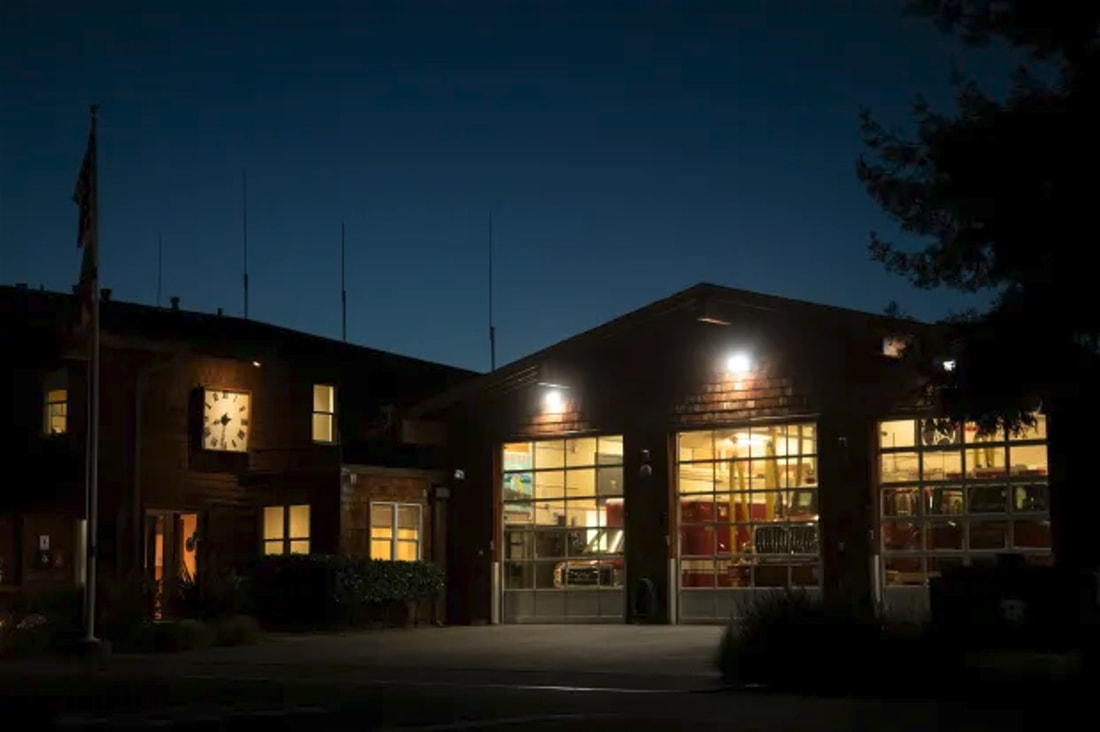 Lights glow at the Fire Station in Point Reyes Station, Calif., as night falls, Wednesday, Feb. 23, 2022. The nearby Point Reyes National Seashore is applying to earn official designation as International Dark Sky Reserve, one of just two dozen such reserves worldwide, but some area buildings may need to alter their outdoor lighting. (Karl Mondon/Bay Area News Group) Light conservation underway Small changes are already underway. Later this year, Point Reyes Station’s illuminated clock will come down. Some streetlights have shields. The fire station’s renovation will add sensors and off switches. The hardware store has pledged an aisle to light-conserving fixtures. But the town’s only bank is bathed in brightness; while it put up a shield on one light, corporate management wants to protect its ATM and parking lot. The beloved Palace Market, the town’s sole grocery, remains luminous. West Marin School, the site of several recent break-ins, has turned off its brightest spotlights after 9 p.m. But for surveillance, the parking lot is still lit. Lights also help protect the town’s quaint public safety station, a welcoming but vulnerable place where anyone can stop by for a visit, said Ben Ghisletta, the fire station’s senior captain. The rear parking area is not fenced, leaving officers unprotected. In a fire or medical emergency, rigs rush out at a moment’s notice, so risk hitting pedestrians they can’t see. But darkness is a lifestyle pledge being shared by more and more local residents in an ever-brighter world, said county Supervisor Dennis Rodoni, who represents the region. The county will draft an ordinance that adopts the initiative, he said. If implemented, it could lead to phased-in future building and design codes that are more restrictive than existing light-limiting rules. “It’s just step by step. I’m pretty optimistic,” he said. ”It demonstrates the commitment to the environment by the West Marin villages and their sensitivity to the impact of our footprint.” If successful, safe and secure, a Dark Sky Reserve designation would add another layer of protection in a place once destined to be just another suburb. “We want everybody to see what we see,” said resident Peggy Day, who helped launch the effort. “If we get this, we can save this beautiful skyscape for all future generations.” Lisa M. Krieger is a science writer at The Mercury News, covering research, scientific policy and environmental news from Stanford University, the University of California, NASA-Ames, U.S. Geological Survey and other Bay Area-based research facilities. She graduated from Duke University with a B.A. degree in biology. She splits her time between Palo Alto and Inverness, and in her spare time likes wildlife photography, swimming, skiing and backpacking. By Jacqui Gibson for the BBC 2nd February 2022 The Pacific nation's audacious bid to become the world's first dark sky nation might provide a blueprint for the rest of the world. If Becky Bateman had to pick just one star out of the 3,000 you can typically see in the New Zealand night sky, she'd pick Arcturus, the brightest star in the Boötes constellation. It shines orange, for one thing. And, because of that, is statistically most likely to have life orbiting around it. Most nights for the past two years, the astronomy guide has used a green laser pointer and collapsible Dobsonian telescope to show people around the night skies of the Wairarapa, a rural wine region in the south-eastern corner of the North Island. Year-round, the nomadic guide meets people in public parks, backyards and on the wild beaches of the South Wairarapa coast. During New Zealand's clement summer months, as wine tourism peaks, she can be found waving her pointer, like a Jedi, high above the bushy, green vines of the region's popular vineyards surrounded by stargazers sipping pinot noir. Tours begin with an introduction to the Southern Cross and Milky Way and generally extend to chat about the origin of the universe and the fleeting time in which humans have occupied planet Earth. These days, as one of the Wairarapa's leading voices on the benefits of stargazing, Bateman is just as likely to end up urging guests to get behind the country's bid to protect the night sky. To her, a clear night's sky free from light pollution is one of the last wilderness frontiers facing the threat of extinction – and now is the time to act. Bateman is not alone in thinking this way. In late 2019, the Pacific nation announced a plan to become the world's first dark sky nation at the New Zealand Starlight Conference in Takapō. Conference delegates from around the world were concerned about the world's increasing light pollution and its proven negative effects on human health and nocturnal wildlife but were heartened by the exceptional quality of starry nights in New Zealand and the country's growing appetite for dark sky conservation. They agreed the plan was audacious but believed if New Zealand could pull off such a crazy experiment, it just might provide a blueprint for the world. On a recent winter evening, Bateman set up her telescope on the frosty porch of Whitimanuka Retreat. I'd hired her to join me at an off-grid cabin I'd rented in the hills of a working sheep and beef farm about an hour's drive from my hometown of Wellington. As the clouds cleared, Bateman unpacked and assembled her manual telescope, laid out half a dozen glass jars hand-painted red and filled with fairy lights (to subtly light our way while not obliterating our night vision) and set to work revealing the evening's constellations. Minutes into a description of where to find the Southern Cross (first, look for a kite-shaped constellation in the Milky Way), a shooting star flew across the sky. To me, the dark skies are humankind's last true natural wilderness. Potentially, they won't be with us in years to come. "Oh, wonderful. Did you see that?" asked Bateman enthusiastically. "I see 10 or so shooting stars every few hours I'm out here. Lately, though, I'm seeing more and more man-made pollution like Elon Musk's SpaceX satellite. To me, the dark skies are humankind's last true natural wilderness. Potentially, they won't be with us in years to come. It worries me – there's so much to lose in the world's obsession with space tourism and so many reasons to preserve what's here." When it comes to dark sky preservation on the world stage, the International Dark-Sky Association (IDA) is the organisation responsible. Set up in 1988, it runs a dark sky conservation programme that recognises the quality of the world's dark skies using a five-pronged certification system. Within the system, dark sky sanctuaries rank highest as the most remote and often darkest places in the world, followed by reserves, parks, communities and urban night sky places. To achieve IDA certification, a dark sky must meet a range of criteria, including protection from light pollution, accessibility to visitors and wide-ranging support from residents. In 2012, New Zealand's Aoraki Mackenzie community successfully applied to the IDA to become an accredited dark sky reserve. An inland plain region about 180km south-west of Christchurch, where large country sheep stations have been the norm for more than a century, Aoraki Mackenzie is rugged, isolated country dominated by mountain and lake scenery. Today, Aoraki Mackenzie's 4,300sq km dark reserve is the only one of its kind in the Southern Hemisphere and just one of 18 in the world. Two New Zealand communities, Great Barrier Island and Rakiura Stewart Island, have since become sanctuaries, with Wai-iti, a 135-hectare hunk of council land in Tasman District, now an IDA-certified dark sky park. Another 20 New Zealand dark sky communities – including the Wairarapa — are looking to follow suit and gain some form of certification. In 2019, it was Dark Skies Group Director at the Royal Astronomical Society of New Zealand, Steve Butler, who daringly announced the country's plans to become the world's first dark sky nation. "It was more of an aspirational rather than a hard-and-fast goal," he told me recently. "The IDA doesn't yet have an official dark sky nation designation. But when it does New Zealand will be first in line." "Are we obsessed as a people? Probably. We're definitely uniquely advantaged," he explained. "Look, Kiwis are an outdoor people with easy access to the natural dark skies of the Southern Hemisphere. Very few of us have grown up without being awed by New Zealand's night skies, particularly those you see in national parks like Aoraki Mackenzie or Rakiura Stewart Island. Sure, not all of us know how to find the Southern Cross, but we're a far cry from 80% of the world's population who can't even see the stars of the night sky." That's why when New Zealanders were asked to comply with the IDA's rigorous requirements to restrict outdoor lighting and switch to low-powered yellow lighting in regions such as Aoraki Mackenzie and elsewhere, by-and-large they were up for it, Butler explained. It's why Butler is confident even the country's urban centres, over time, will find ways to limit artificial light spilling into natural areas and reduce light use generally. It's also why more and more New Zealanders are joining the global chorus to save the world's night skies. Every two years, for example, New Zealand hosts the New Zealand Starlight Conference attracting hundreds of dark sky proponents from overseas and around the country. Dark sky associations eager to achieve IDA status are sprouting from Kiwi townships like weeds. Local mayors are talking about changing national planning and building regulations to keep lighting low. Even government entities like Waka Kotahi, New Zealand's transport agency, are looking to install IDA-compliant lighting on state highways that fall within dark sky areas. Some New Zealanders, like Kaye and Luke Paardekooper, owners of Mount Cook Lakeside Retreat, have taken matters into their own hands. In 2015, the pair added a wine cellar and observatory to their 66-hectare luxury resort on the clifftop of Lake Pūkaki in Aoraki Mackenzie. Initially, it was aimed at overseas tourists wanting an intimate, upmarket astrotourism experience to complement the kind of larger group tour they might experience at the Dark Sky Project. Based in the nearby township of Takapō, the Dark Sky Project promotes the dark skies of the region, sharing both Māori and Western ideas about astronomy, and taking visitors to the University of Canterbury Mt John Observatory. But the couple admit they too love to rug up, open the roof and simply gaze at the quiet blackness overhead. The ability to do that is what they want to hold on to. The kind of sleep you get here, particularly during the long nights of winter, honestly, is second to none. On a recent overnight stay, Kaye told me the country's bid for dark nation status, to them, was about much more than the likely boost to tourism. "Dark skies are great for wellbeing – that's what we tell anyone who'll listen. Research by the Royal Society [of New Zealand] on the effects of blue light, for example, shows too much blue light at the wrong time of day can disrupt our sleep, our immunity, our hormonal balance and even our mood," said Kaye, who's spent more than six years on her local dark sky association board. "We don't have that light pollution here, which is why it needs preserving. Without the dominance of blue light, it's much easier to return to your natural circadian rhythms. The kind of sleep you get here, particularly during the long nights of winter, honestly, is second to none." For Aoraki Mackenzie Dark Sky Reserve Board member Victoria Campbell, of Ngāi Tahu tribal descent, the country's growing obsession with the night sky is encouraging for other reasons.
"It's made Kiwis curious about their night sky heritage and the cultural traditions that underpin it," she said. "New Zealanders come from a long line of astronomers, starting with Polynesian explorers like Rākaihautū who discovered Aotearoa (New Zealand) in an ocean-going waka (canoe) using the stars, sun and moon. British explorer James Cook used the same night sky to get here. In pre-colonial times, Māori used a unique calendar — one that began each year with the rising of the Matariki star cluster — to reflect on the year that had gone and plan for the year ahead." On 24 June 2022, thanks to a 2020 pre-election promise by Prime Minister Jacinda Ardern, New Zealanders will celebrate Makariki – the mid-winter constellation that marks the Māori New Year – as a public holiday for the first time. About an hour before sunrise, people from all walks of life will come together, remember loved ones who have passed and look to the stars for hope and inspiration before sharing kai (food) and a hot cup of tea. For many, like Campbell, the revival of Matariki may be the country's boldest, best expression of dark sky nationhood yet. This story first appeared on the BBC Travel website. We have been critical of the City of Goldendale, Washington – and justifiably so – for its failure to promote or enforce its own lighting code (along with Klickitat County), and failures in fulfilling the promises made decades ago to protect and conserve the night sky of the Goldendale Observatory. But we would be remiss if we did not recognize the City for getting it right with the new Klickitat County Services Building across from the Klickitat County Courthouse. As can be seen in the photo, full cut-off street lights prevent light spilling above the horizontal and efficiently direct light downward to where it is needed. Additional decorative wall lighting on the building is also fully shielded. Both use what appears to be 3000K LED "warm" lighting elements putting out less blue light than typical LED streetlights, which is an important feature in reducing artificial sky glow, as well as being healthier for the public.
So a job well done demonstrating good nighttime lighting can be efficient, attractive, and help conserve the night sky. After Diane Turnshek, special faculty in Carnegie Mellon University's Department of Physics in Pittsburgh noticed that many of her students had never seen the Milky Way, it became her mission to bring back dark skies to the Pittsburgh metro area. After giving a July 2015 Tedx talk “De-Light the Night,” she continued to spread the word to local groups, schools and science organizations, and founded the local International Dark Sky Association (IDA) group, IDApgh.org.
Last month (September 2021) the Pittsburgh City Council passed a new Dark Sky Ordinance for all of the city's parks, facilities and streetlights, partly due to Turnshek’s efforts. Stephen Quick, an architect and urban designer and special faculty in CMU's School of Architecture, helped draft the ordinance. The ordinance aims to improve safety and security, reduce light pollution, save energy and advance equity in all Pittsburgh neighborhoods. Communities of color, the ordinance notes, experience over-lighting and light pollution—which can negatively impact mental and physical health—at a disproportionate rate. The city plans to retrofit existing streetlights to dark sky compliant LED lights. Pittsburgh's current 4,300 LED streetlights glow at 5,000 kelvins and give off a bright blue-white glare. The new LED lights will be at a lower temperature and look much softer and warmer, as recommended by the International Dark-Sky Association. "The ordinance is about much more than astronomy. Thoughtful, intentional lighting at night, without uplight, glare and harsh blue-white color is safer for drivers and pedestrians," said Turnshek. "Dark sky compliant lighting will improve our nighttime vision, allow us to sleep better, reduce light distraction and glare, and allow the beauty of a soft, warmly lit scene to enhance our enjoyment of the evening." Hopefully, other cities will follow this city's lead. Look for "after" photos of the night skies over Pittsburgh in a few years. Here's an artist's rendering of that image: Helen Briggs BBC Science and environment correspondent August 29, 2021 Scientists say light pollution may be contributing to "worrying" declines in insects seen in recent decades. In a UK study, artificial street lights were found to disrupt the behaviour of nocturnal moths, reducing caterpillars numbers by half. Modern LED streetlights appeared to have the biggest impact. There is growing evidence that insect populations are shrinking due to the likes of climate change, habitat loss and pesticides. Factors are complex and varied, including the steady loss of forests, heathlands, meadows and marshes, overuse of pesticides, climate change and pollution of rivers and lakes. The use of artificial lights at night-time has been proposed as another driver of insect decline, although the scale remains unclear. The researchers say their study, published in Science Advances, is the strongest evidence yet that light pollution can have detrimental impacts on local insect populations, with consequences for the birds and other wildlife that rely on caterpillars for food. "In a local setting we can now be quite confident that light pollution is important, but what's less clear is if we're looking at a whole landscape," said lead researcher Douglas Boyes of the UK Centre for Ecology & Hydrology. "If insects are in trouble - as we believe they are, and have evidence to support that - perhaps we should be doing all we can to reduce these negative influences." The researchers think street lights may deter nocturnal moths from laying their eggs or put the insects at risk of being spotted and consumed by predators such as bats. In turn, caterpillars that are born under streetlights, particularly LEDs, alter their feeding habits. But there are practical solutions that don't compromise public safety, they say, including dimming streetlights in the early hours, fitting motion sensors or using colour filters to cut out the most harmful wavelengths. In the study, experts from the charity, Butterfly Conservation, Newcastle University and the UK Centre for Ecology & Hydrology surveyed caterpillars on stretches of grassland and hedgerows at the sides of roads in southern England. Each of 26 sites with streetlights in Oxfordshire, Berkshire and Buckinghamshire was compared with a similar stretch of unlit road nearby. Surveys showed a reduction of caterpillars by about half in lit areas (47% reduction in hedgerows; 33% in grass margins). In a second experiment, lighting rigs were set up in fields. They found a reduction in caterpillars under LED lights, suggesting an effect on feeding behaviour. Scientists are increasingly concerned about the decline of some populations of insects. One scientific review of insect numbers in 2019 pointed to 40% of species undergoing "dramatic rates of decline" around the world. The study said bees, ants and beetles were disappearing eight times faster than mammals, birds or reptiles, while other species, such as houseflies and cockroaches, were likely to boom. The loss of insects has far-reaching consequences for entire ecosystems. Insects provide a food source for many birds, amphibians, bats and reptiles, while plants rely on insects for pollination. Follow Helen on Twitter. Hear more about how artificial street lighting is impacting insects on the BBC Inside Science podcast on BBC Sounds
With the 2017 expulsion of Goldendale Observatory State Park as an International Dark Sky Park due to failure to provide night sky conservation education or advocacy, the Goldendale business and political community faced a conundrum - how to regain the lost notoriety for Goldendale Observatory State Park to drive tourism, while at the same time continuing to do little if anything to protect the Observatory’s night sky from decades of unrestrained and increasing light pollution. "Leaders help themselves and others to do the right things. They set direction, build an inspiring vision, and create something new." When it comes to protecting the night sky of the Goldendale Observatory State Park, there is no such thing as leadership at City Hall. Local business interests see Goldendale Observatory State Park merely as an "amusement park," an "asset to leverage" and "marketing tool" to be exploited for "economic and commercial gain." In 2020 the Mayor and City Council of Goldendale contracted with Dana Peck and the "Goldendale Chamber of Commerce to assist the City and State Parks in submitting an application to the IDA in efforts to re-designate the Goldendale Observatory as a Dark Sky Park, or have the City recognized as a Dark Sky Community... and advise on issues such as outdoor lighting." Peck previously sabotaged and closed down the Friends of Goldendale Observatory when they advocated for enforcement of the City and County lighting codes. Hiring Peck for Developing a Dark Sky Community Plan which would include night sky conservation and protection was equivalent to hiring Jeffry Epstein to be your teenage daughter’s prom chaperone and protect her virginity. On March 2, 2020, Mayor Canon’s application letter, drafted by Peck and the Chamber of Commerce for a Provisional International Dark Sky Community Status, was submitted to the International Dark Sky Association. In it "Canon" states that the revised 2017 outdoor lighting policy “which while it attempts to meet the intent reflected in the IDA Dark Sky Community application, there are minimum requirements in that application that are currently not addressed in the code.” These requirements – which were present in the initially approved revision of the 1979 lighting code and modeled after other well-known and successful Dark Sky Community lighting ordinances – were torpedoed after intervention by local hotel owner and State Representative Gina Mosbrucker and other Goldendale business community interests. These removals went unopposed by Washington State Parks Area Manager Lem Pratt, as Parks had entered into a "partnership network" with deregulation advocate and Chamber Executive Director Peck, who also remained mute. The Canon/Peck International Dark Sky Community application letter stated that “the City, working in partnership with the Goldendale Chamber of Commerce, has engaged in an extensive community stakeholder outreach effort focused on the importance of dark skies over the last several years.” It additionally stated these were “initiated by a two-day Gorge Night Sky event [2016] with speaker Paul Bogard and Google-funded light pollution manual, a less visible Chamber-led dark sky public education has been underway with local student groups and businesses, stressing the importance of the effort to the Goldendale Observatory.” The "less visible" description is an understatement – it was and remains non-existent. There have been no education efforts – "extensive" or otherwise – by the City or Chamber, and there is no documentation reflecting this alleged “extensive community outreach.” Betraying the falsehoods above, there was a remains no use of the easiest to achieve education and outreach avenues – websites operated by both the City of Goldendale and Goldendale Chamber of Commerce are devoid of any mention of night sky conservation, or even the existence of lighting codes and their importance in protecting the night sky of the Goldendale Observatory State Park. Observatory Director Troy Carpenter’s website – “proudly provided by the Goldendale Chamber of Commerce” – is also devoid of any mention of night sky conservation issues. Note that this website was originally the Friends of Goldendale Observatory’s, which was taken over by the Chamber of Commerce when Carpenter and Peck deemed there was too much emphasis on light pollution – the reason the Observatory was placed in Goldendale by Clark College rather than Portland/Vancouver. Carpenter stated the topic of light pollution was “unpopular,” “pandering to amateur astronomers,” and efforts to mitigate it a “waste of money.” The Friends have since gone on to produce the Dark Sky Defenders website for night sky conservation education. The only place you will find public information on light pollution and the Goldendale and Klickitat County lighting codes is on the new Friends website. Carpenter stated “New area parks management are working closely with the IDA, local businesses, and community leaders to apply for an IDA status which acknowledges the darkness of the site but does not require parks staff to behave in an activist or legislative capacity.” Regardless of Carpenter’s misrepresentations of the IDA night sky conservation public education and advocacy requirements, the "effort" to become a Dark Sky Community has completely failed. When a community member asked at the Chamber’s After Hours event on April 29, 2021, about the status of any Dark Sky designation attempts, Observatory Director Carpenter responded, “I can clear up some misunderstandings about that. We’re not going to be reapplying for that status. I would go out of my way to avoid doing so actually" (emphasis added). He deferred to Mayor Canon regarding the Dark Sky Community designation, who responded, "It's still continuing, I haven't gotten an update on where we are on it – we should be there." A May 3, 2021 public disclosure request to the City of Goldendale for additional documentation regarding the application status or results yielded a statement from the City Manager that no documentation exists. Initial and follow-up inquiries to the IDA resulted in the following statements: May 14, 2020 – IDA Dark Sky Places Program Manager Adam Dalton: "Frankly, as proposed the Provisional IDSC for Goldendale, WA has absolutely no chance of being approved by the DSPC [Dark Sky Places Committee]. The only approved use of the Provisional certification which is approved by the DSPC applies to places where there are extensive lighting stocks which must be retrofitted in order to meet the 90% in 5 years requirement as mandated by the IDSC guidelines. The applying site must otherwise submit a totally-completed IDSC application which meets all of the other Program requirements, including adoption of a lighting management plan which meets IDSP Program standards. From what I can tell, it appears the City fundamentally misunderstands the IDSC certification process at this time." May 11, 2021 – Interim IDA Dark Sky Places Program Manager John Barentine: "There’s no indication that anything ever got off the ground in the way of a new nomination for Goldendale. There’s nothing “continuing”, because I find no evidence that anything ever started. I can confirm that nothing is happening, much less imminent... Goldendale has submitted nothing to us, so there’s no pending nomination of which to speak." Apparently a completed International Dark Sky Community application and supporting documentation was never submitted to the IDA by the Chamber of Commerce and its minions. This would have included an outdoor lighting inventory and compliance plan which would have included first having brought Goldendale's lighting code up to snuff. It is obvious Mayor Canon is either completely disengaged and let the wool get pulled over his eyes by Peck, or was being dishonest when he stated, "we should be there." Goldendale's several-thousand-dollars contract with the Chamber of Commerce to become an International Dark Sky Community has been a huge waste of its citizens’ money. An International Dark Sky Community designation was bound to fail with Peck because it requires "exceptional dedication to the preservation of the night sky through the implementation and enforcement of quality lighting policies, dark-sky education, and citizen support of the ideal of dark skies." IDSC Guidelines. The Chamber has not demonstrated any desire for the implementation or enforcement of quality night sky outdoor lighting policies. Especially troublesome was Peck's previous unethical behaviors and outright opposition to enforcement of even the bare-bones City and County lighting codes, as well as collusion with Observatory Director Carpenter to cripple meaningful dark-sky education and undermine public support for effective night sky protection. However, that was apparently the reason to select Peck and the Chamber to draft the application. Assistance in helping to reinstate the GOSP as an International Dark Sky Park or assisting Goldendale to become an International Dark Sky Community was offered by the IDA's John Barentine directly to Mayor Canon on February 9, 2018, but never responded to. The offer seemed to be open-ended for the foreseeable future. So why would the City of Goldendale wait two years and then choose to contract with Peck, who has demonstrated opposition to lighting code education and enforcement, over the genuine interest, advocacy, and unquestionable expertise of the IDA? Apparently Goldendale thought they would be able to fool the IDA with its half-baked and incomplete application from the county's lead lighting code obstructionist. However, Goldendale’s lack of sincere action about protecting the night sky is glaringly obvious – all you have to do is drive around at night. The only thing "exceptional" about Goldendale's (and Klickitat County's) night sky conservation and protection efforts is that for over 40 years they have been exceptionally inadequate. Goldendale and the Chamber would be just as happy if they had an “amusement park” rather than an observatory – and not have to bother with public education and support of, or pesky regulations and their enforcement for, the much-needed conservation of the Observatory's natural night sky environment. Unfortunately you can’t get massive donated roller coasters or Ferris wheels, Federal construction grants, or decades of taxpayer operating funds and millions of capital improvement taxpayer dollars to foot the bill for that. As of July 2021, no further action regarding achieving an International Dark Sky Community designation for Goldendale or surrounding Klickitat County has been initiated, and Washington State Parks – unlike almost every other state park system in the world – remains opposed to International Dark Sky Park involvement. There is no sincere interest in a attaining a legitimate Dark Sky Community designation in Goldendale. It has been sought merely as a façade for generating tourism dollars without a real commitment to night sky conservation. The Chamber of Commerce wants the sizzle, not the steak. Former Chamber Executive Director Peck had a clear history of opposition to real efforts to protect and conserve the night sky. Moreover, the need for and importance of lighting codes and their application was apparent and promised even before the Observatory was built, and should have been widely promoted for decades, regardless of the presence or lack of an International Dark Sky Park or Community designation. Because local political and business interests regard Goldendale Observatory merely as an "asset to be leveraged" and "marketing tool" for exploitation to "fill up hotel rooms and restaurant spaces," they are content to ignore its real need for night sky restoration, conservation, and long-term sustainability. And with Observatory Director Carpenter they have the perfect collaborator. He overwhelmingly supports economic exploitation and is more than happy to be the center of attention, while contemptuously minimizing the importance of night sky conservation, education, and advocacy as "hippy-dippy activism" and "amateur astronomer pandering." If you listen carefully, you can hear the amateur astronomers who built the Observatory’s telescope and purposely tried to locate it where it would have a dark night sky well into the future, turning in their graves. “Light pollution from Goldendale, Wash. floods the sky on a cloudy night at the Goldendale Observatory State Park on Tuesday, Dec 9, 2014. The observatory, run by the Washington State Parks, is a dark sky destination for people from around the region, and is the only public observatory in the Northwest.”
Yakima Herald-Republic/Photo: Mason Trinca In rural Colorado, a growing push to preserve dark skies as artificial light spills out of cities and towns is gaining momentum amid greater pandemic-driven focus on a long-neglected part of the natural environment. The International Dark Sky Association on June 7 announced the designation of the Towns of Nucla and Naturita, Colorado, as an International Dark Sky Community, reflecting the outcome of a rigorous, eighteen-month nomination process. Nucla and Naturita join six other International Dark Sky Places in southwestern Colorado to form an emerging hotspot in the U.S. movement to preserve night skies. “The news that Nucla and Naturita have joined the family of International Dark Sky Places is especially welcomed as we see western Colorado quickly becoming a national focal point for dark-skies awareness and conservation,” said IDA Executive Director Ruskin Hartley. “We congratulate both towns for setting an example that we hope others will study and emulate.” A tale of shifting economic fortunes Nucla and Naturita are two nearby, small towns in western Colorado, U.S., whose twin histories and evolution through time are closely intertwined. Both towns were founded in the late nineteenth century around the regional economy of agriculture, ranching and mining. The gradual and ongoing draw-down of extractive activities in the area, along with abundant public lands in this part of the western U.S. and a typically low-density, rural scale of development has led to a recognition of the value of abundant and renewable natural resources such as dark night skies. Realizing the value of this resource, locals formed the West End Dark Sky Alliance (WEDSA) in 2020 with the mission ‘to preserve our dark sky resource and reduce light pollution through education and advocacy.’ Deb Stueber of WEDSA described what the designation meant to the towns. “These are exciting times for dark sky enthusiasts in Colorado,” Stueber enthused. “We are happy our West End communities are now recognized by IDA as one of the darkest places left on the planet, and that we appreciate and want to preserve as much of our historic, rare, and exceptional dark starry skies as we can.” Following a lead made in Colorado International Dark Sky Community status is awarded based on exceptional dedication to the preservation of the night sky through the implementation of quality outdoor lighting policies, extensive public outreach and education, and the proactive support of area residents and stakeholders. Nucla and Naturita followed the example of another pair of Colorado towns, Westcliffe and Silver Cliff, that achieved IDA International Dark Sky Community status in 2015. Ed Stewart, member emeritus of the Dark Skies of the Wet Mountain Valley, Colorado, helped shepherd the Westcliffe and Silver Cliff nomination to a successful conclusion. “During our 2014 IDA community application preparation, we never thought that our dual-town approach to certification would be a motivation for others in a similar situation of towns adjoining or close to each other,” Stewart said. “We are glad that Naturita and Nucla are now part of the many Colorado Dark Sky Places and hope that certification brings them the rush of enthusiasm, support, and recognition that we are still experiencing over six years later.” Sights set on an even bigger prize Fresh off their success in Nucla and Naturita, WEDSA members already have bigger goals in mind. A result of the increasing regional interest in dark skies may be an eventual ‘Western Slope International Dark Sky Reserve,’ a complex accreditation intended to bring durable, landscape-scale protections to nights in the area. WEDSA is working with the Norwood Dark Sky Advocates (NDSA) from the nearby town of Norwood, which received its own International Dark Sky Community label in 2019. Stueber thinks this makes good sense to the community beyond seeing the stars at night. “By adopting ‘smart’ lighting practices, residents could protect their properties and save money while enhancing their health and wellbeing as well as the health of insects and other pollinators, migrating and hunting birds, other wildlife and stock animals,” she explained “There is no downside to good lighting practices!” Story by the INTERNATIONAL DARK-SKY ASSOCIATION |
Archives
July 2024
|
|
Donations to Dark Sky Defenders do not go to DarkSky International. Please contribute directly to DSI for donations and memberships.
|
|

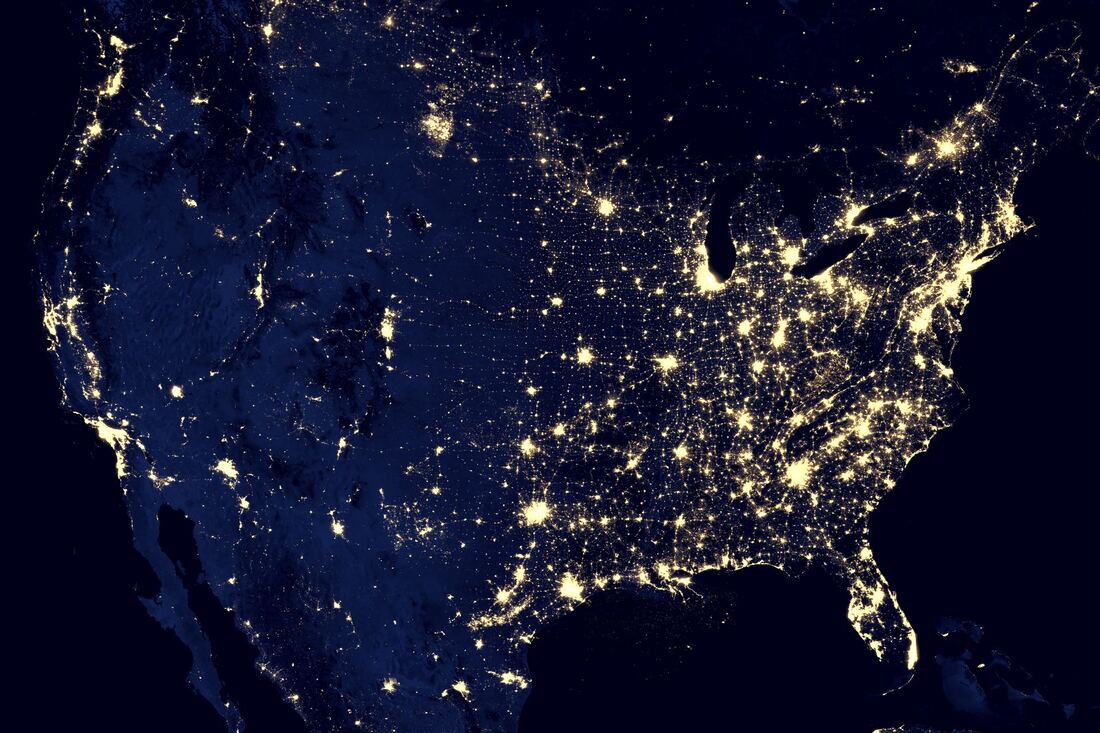
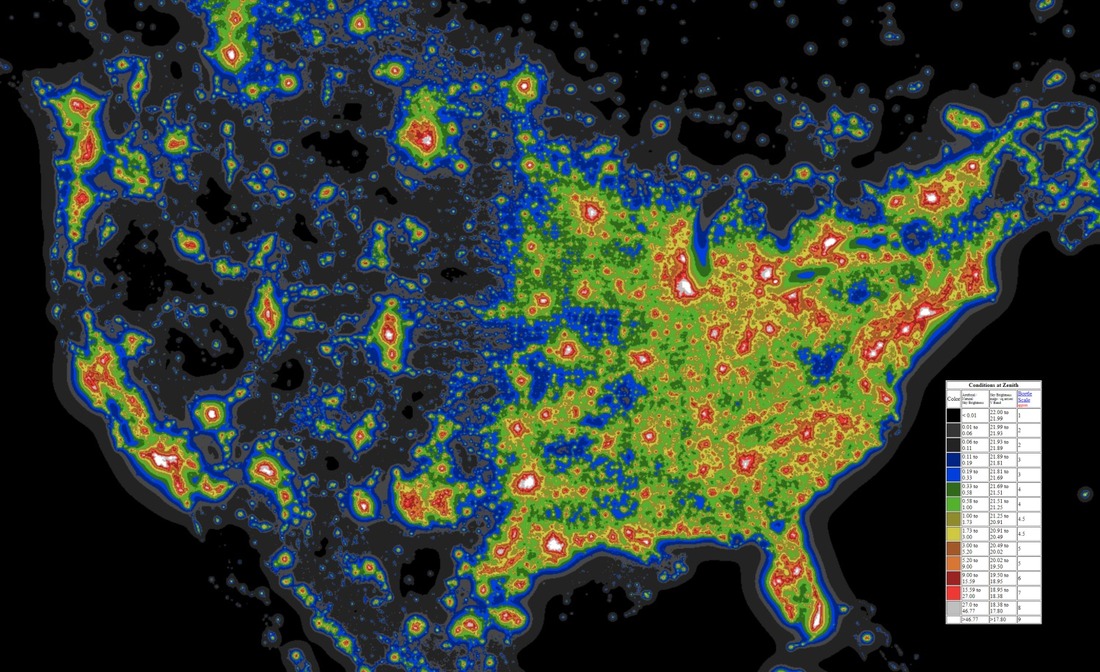
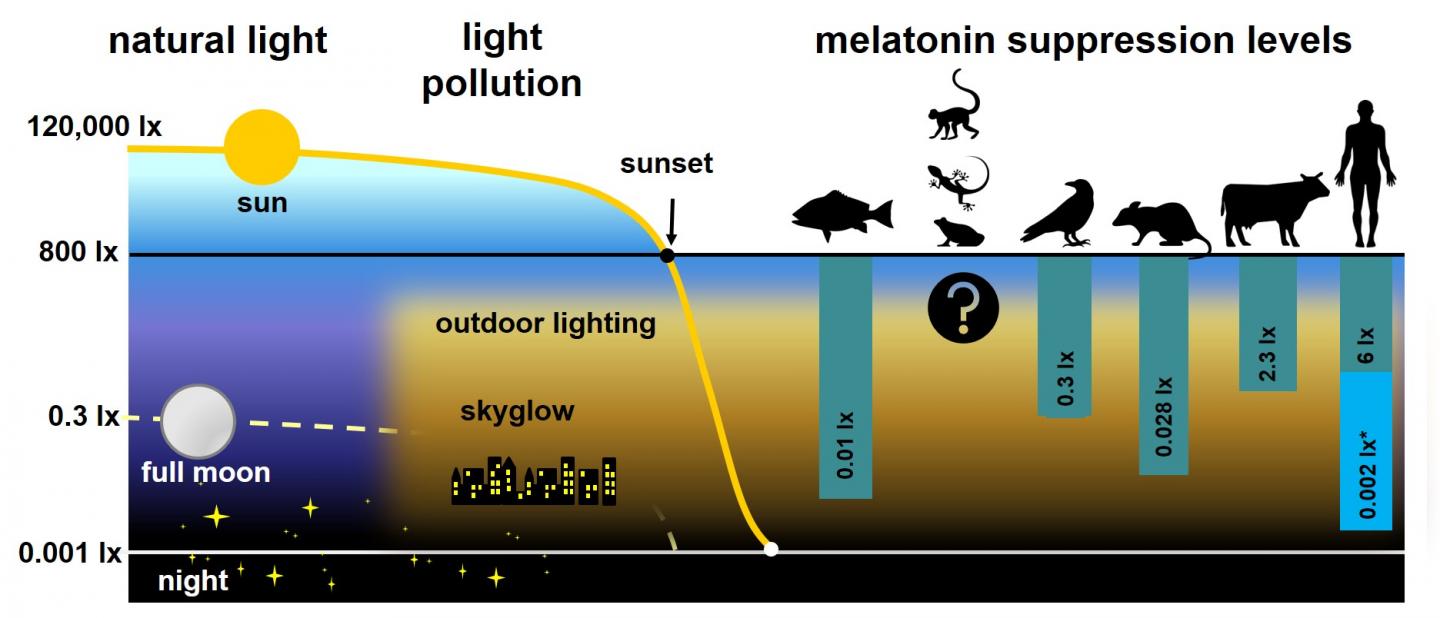
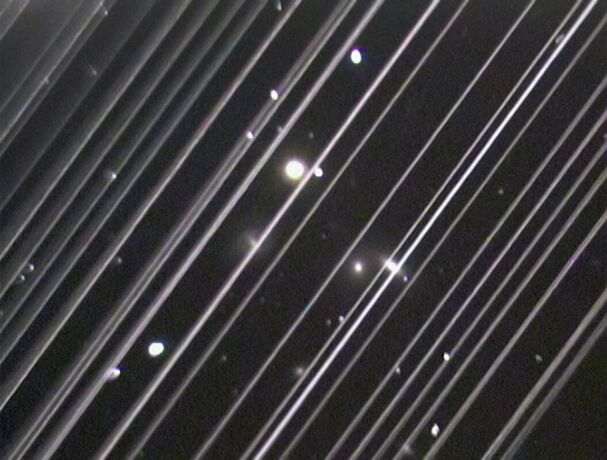
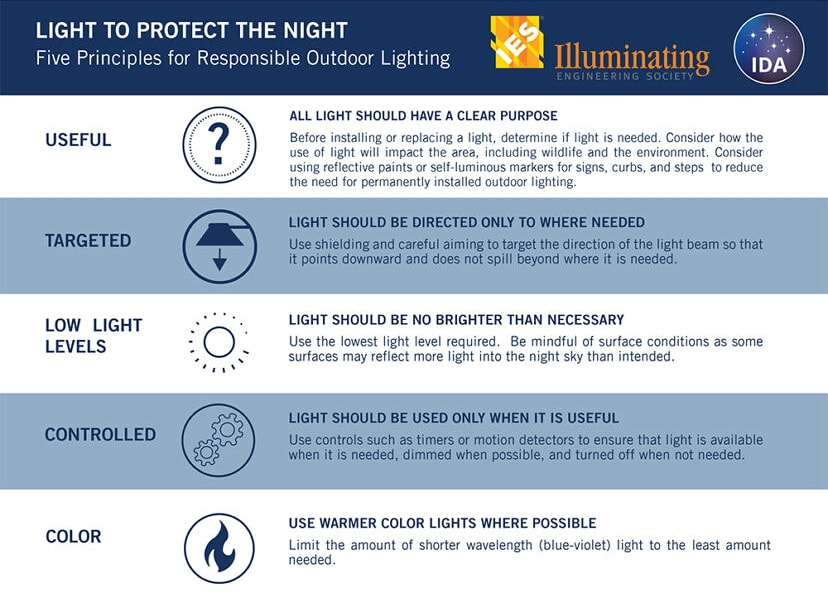
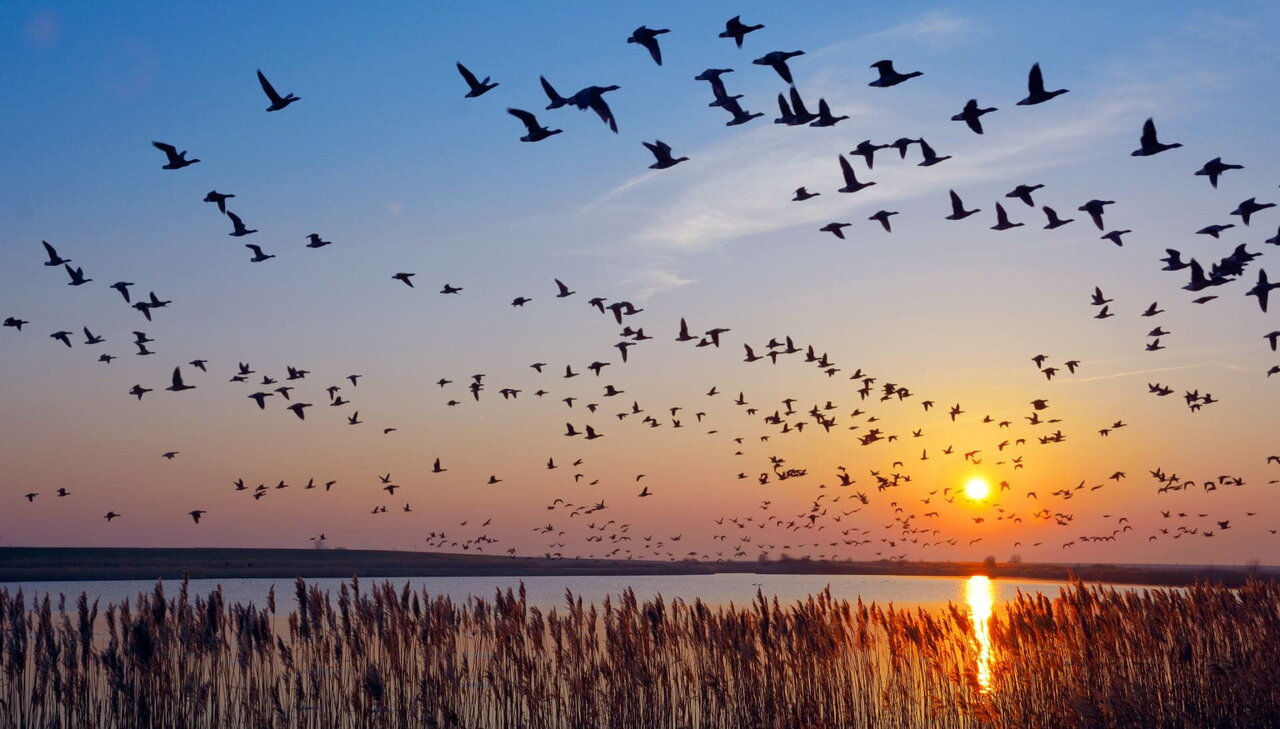


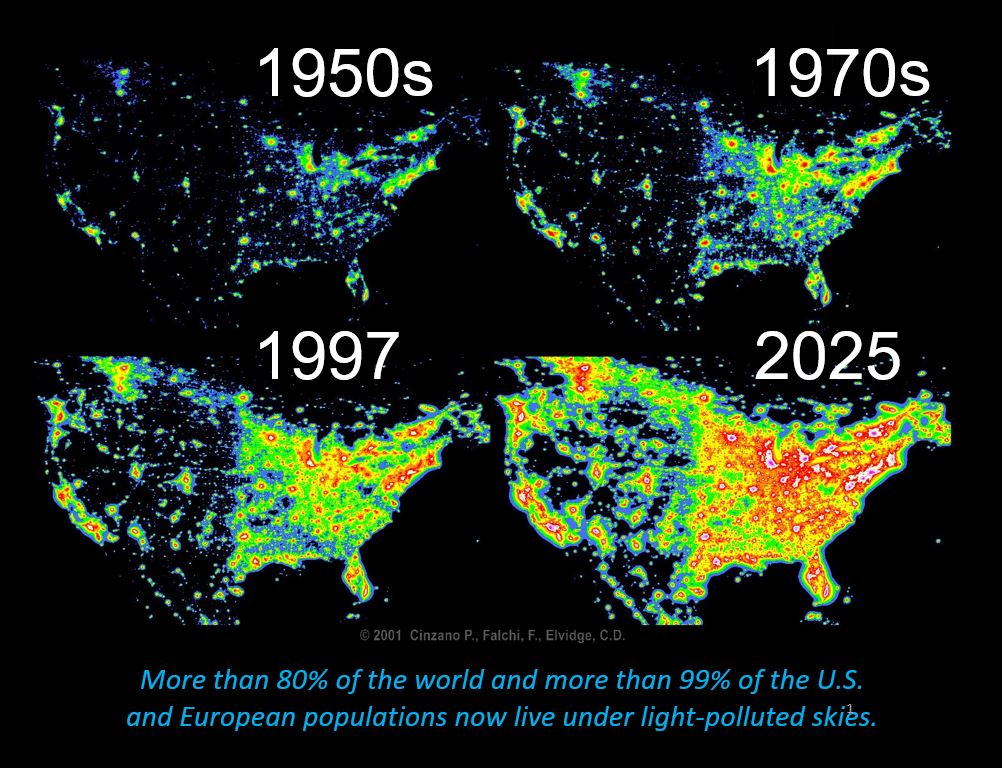
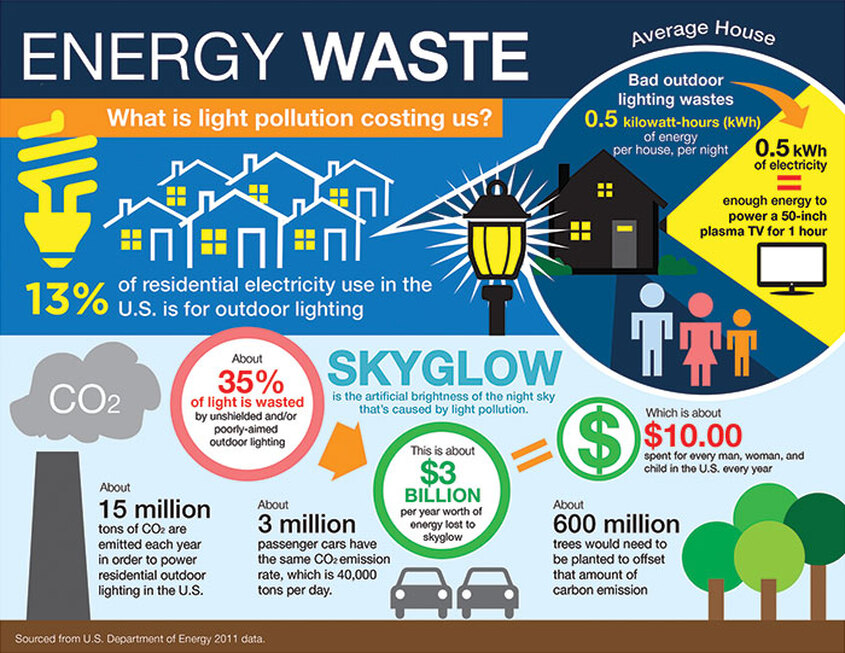
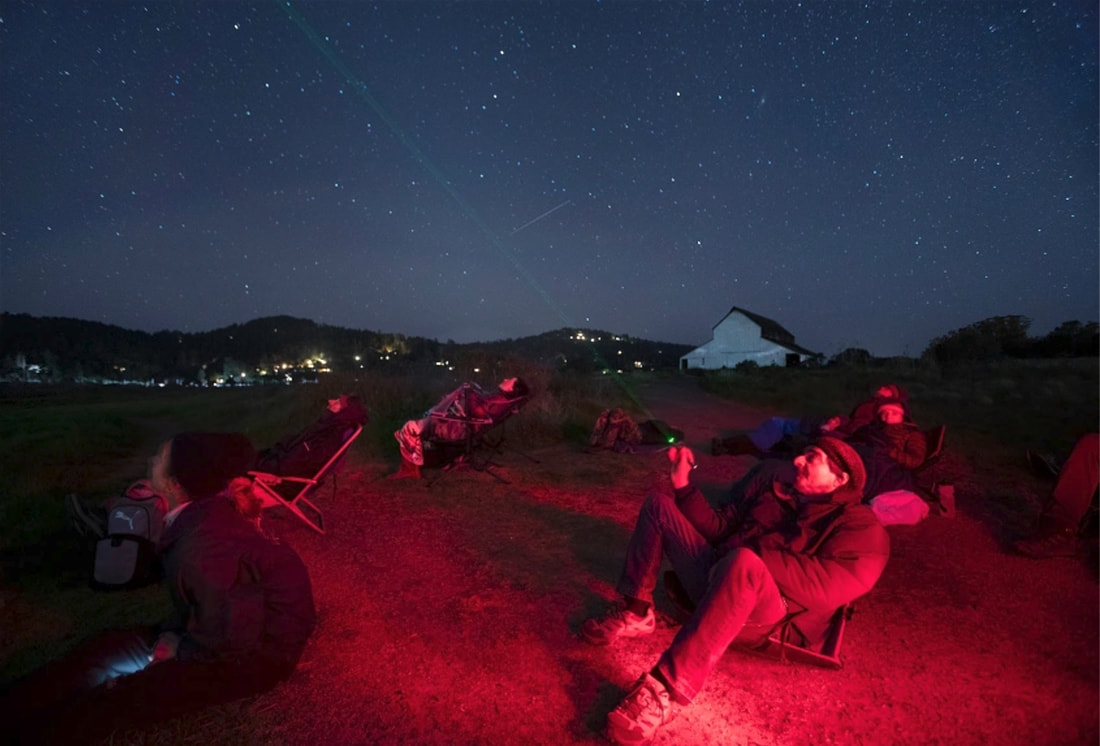
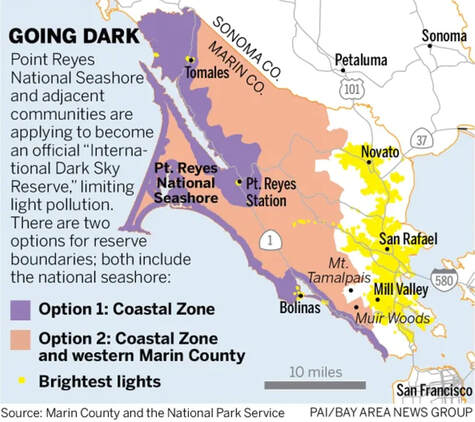
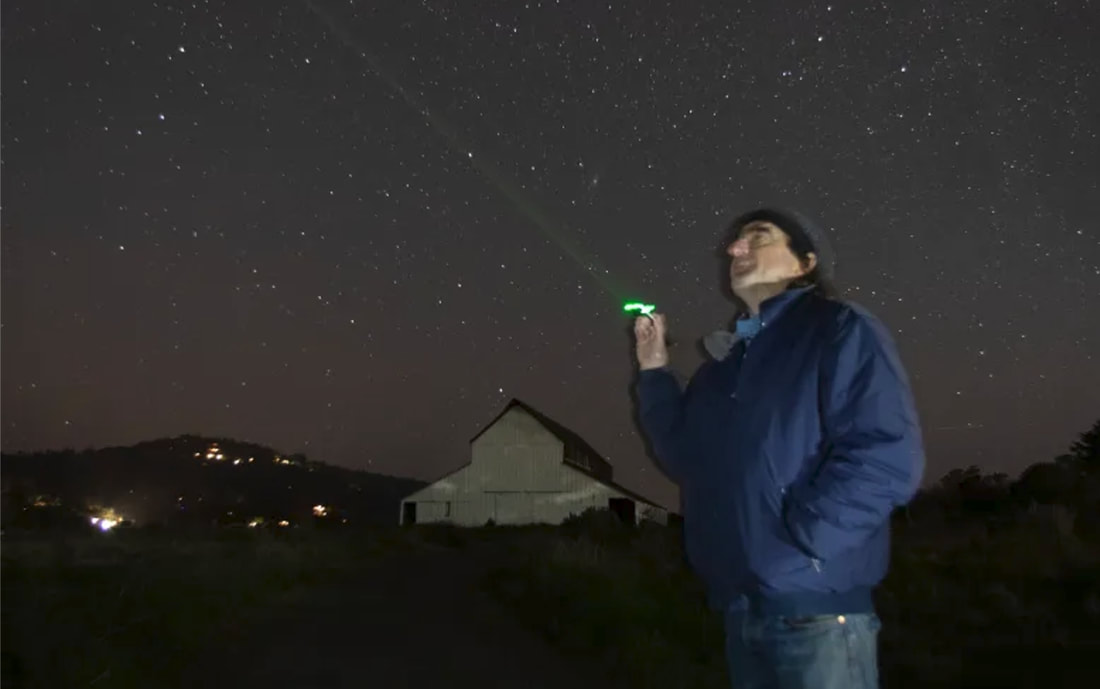
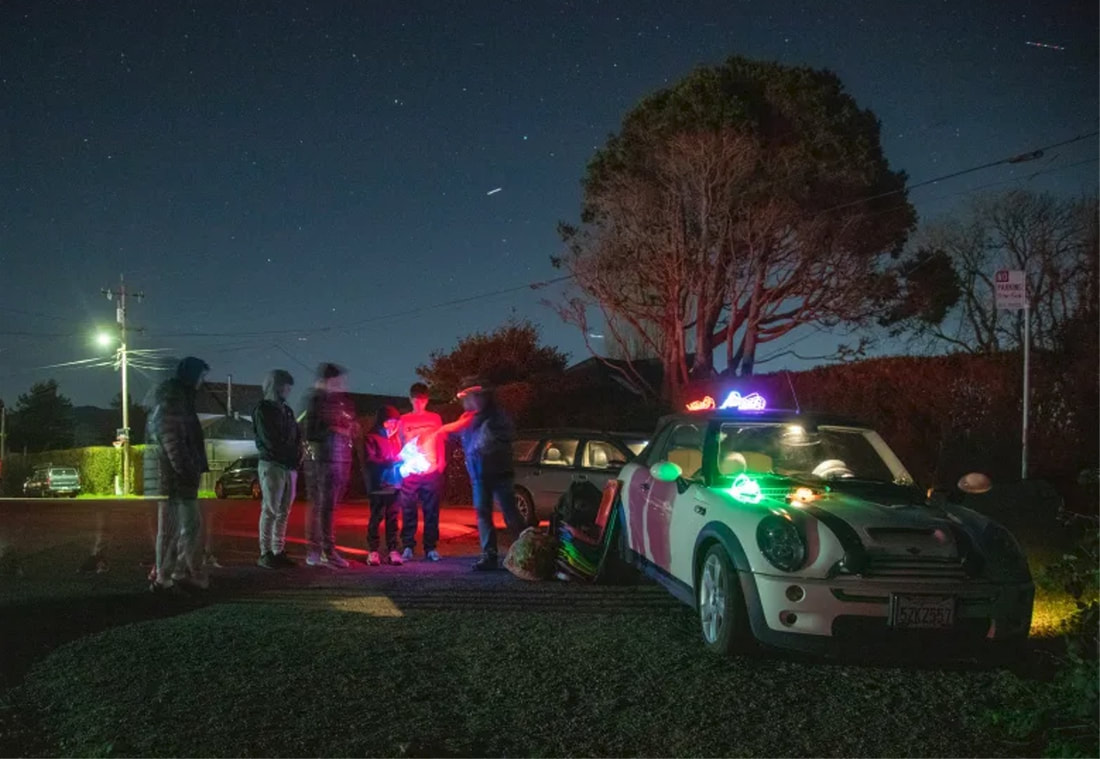
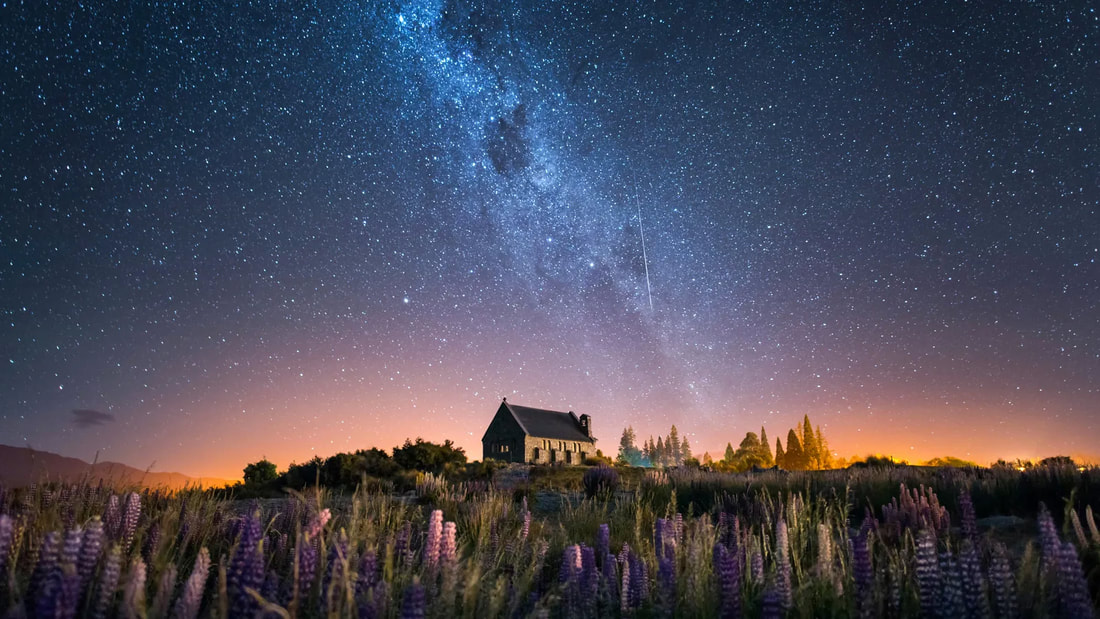
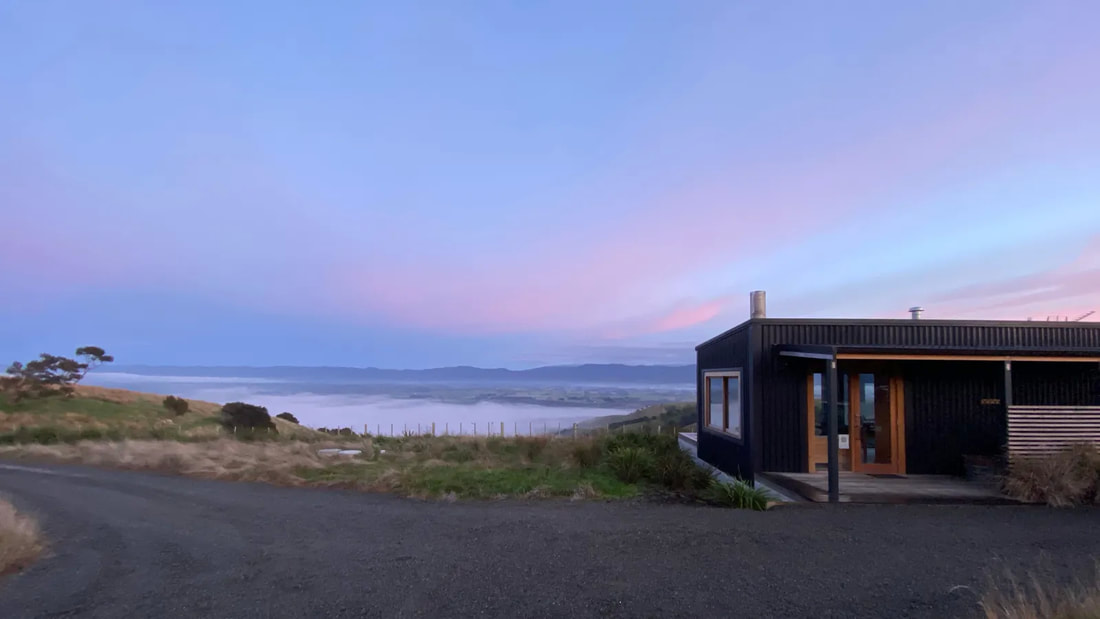
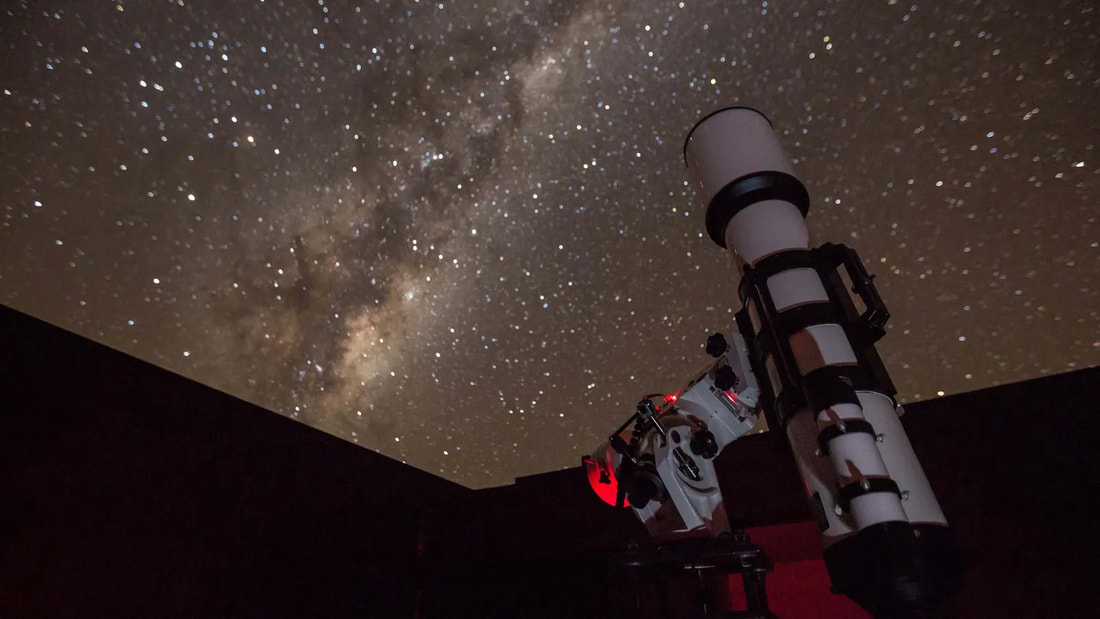
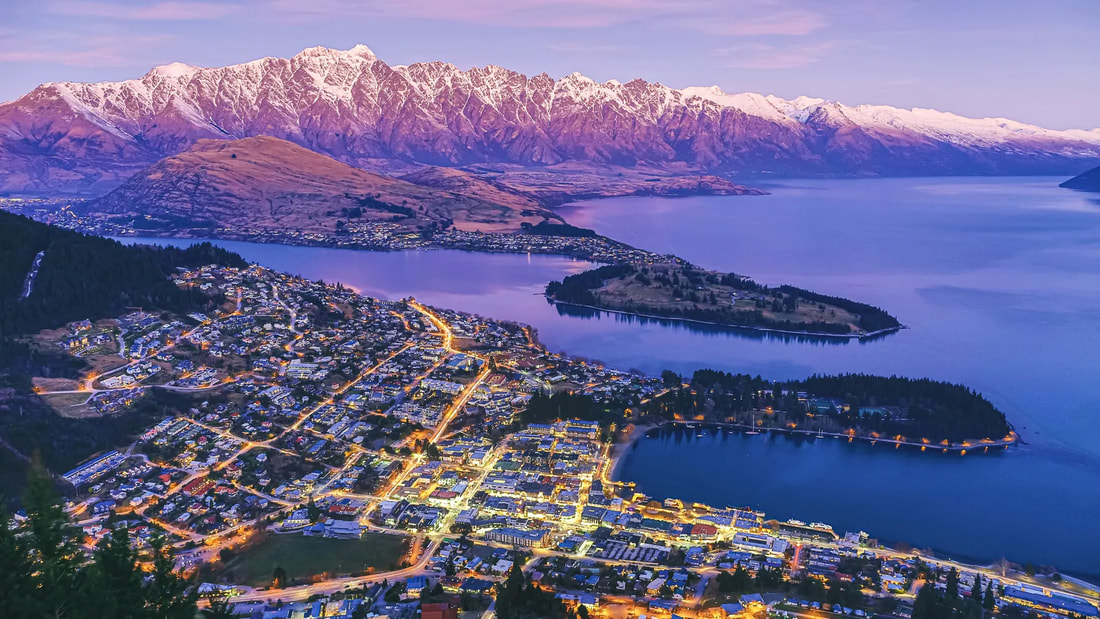
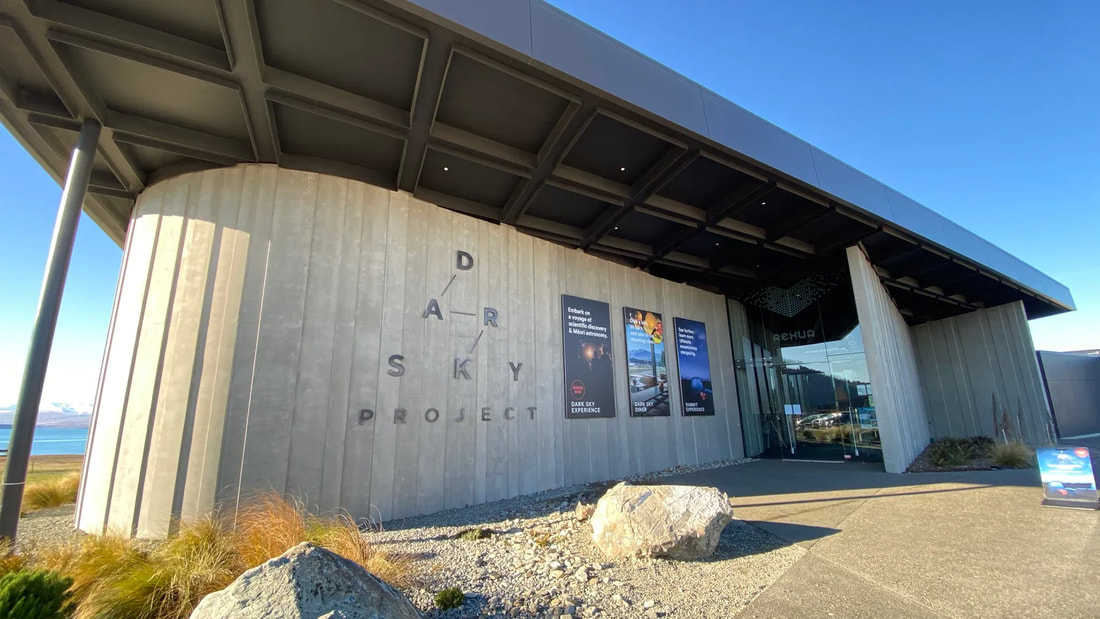
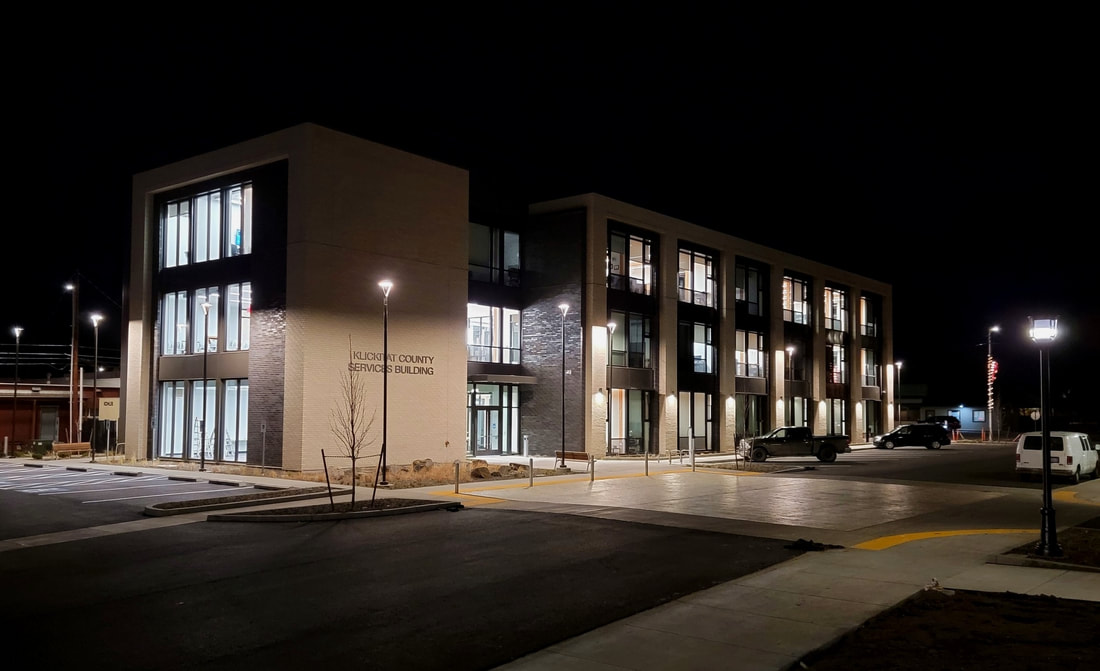
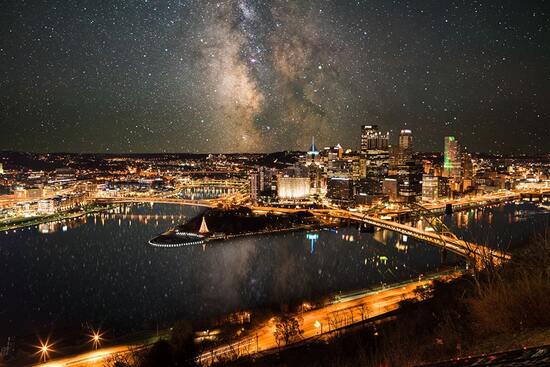
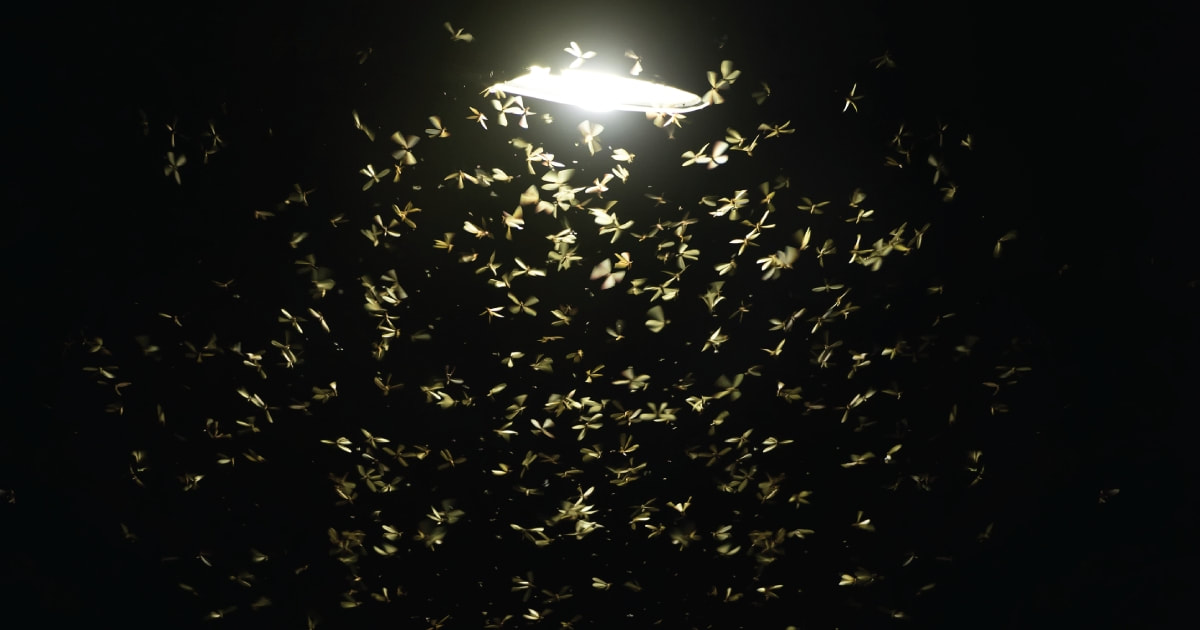
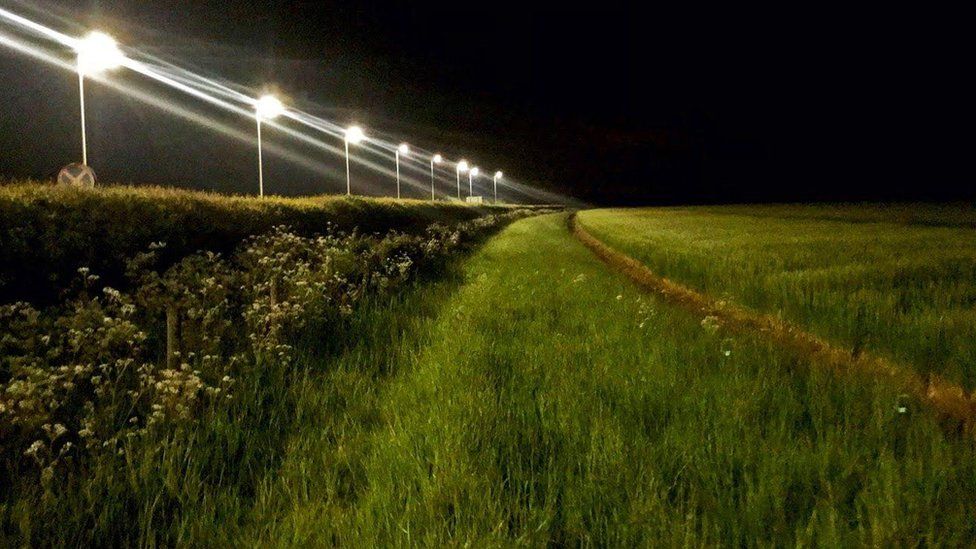
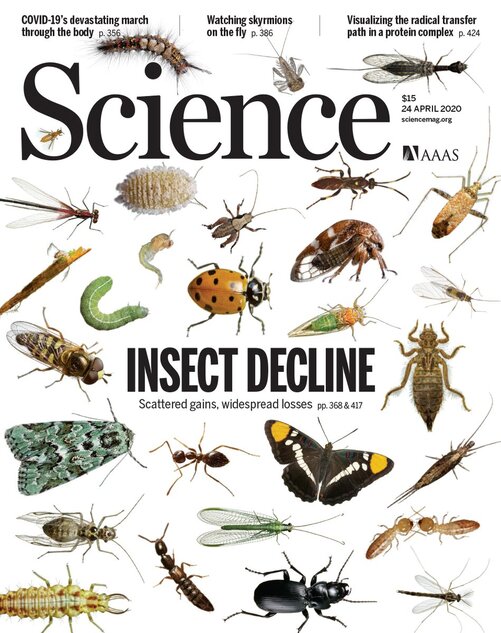
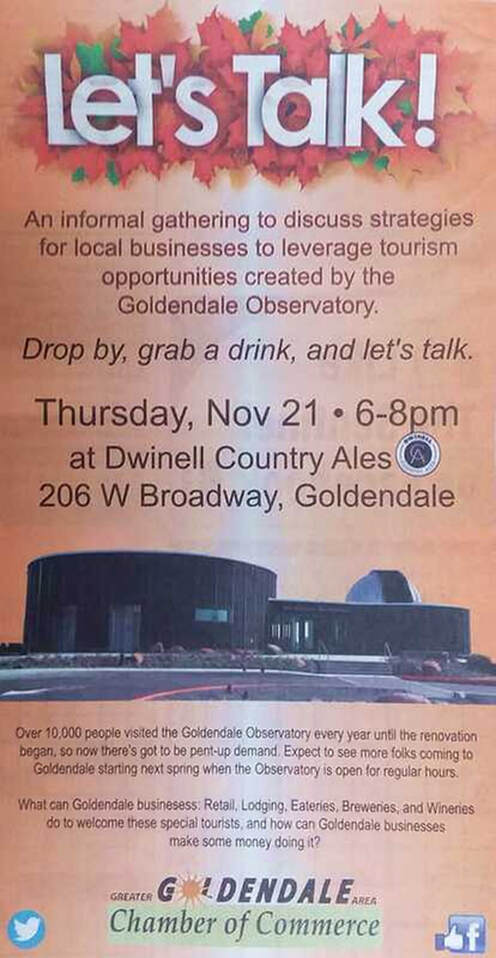
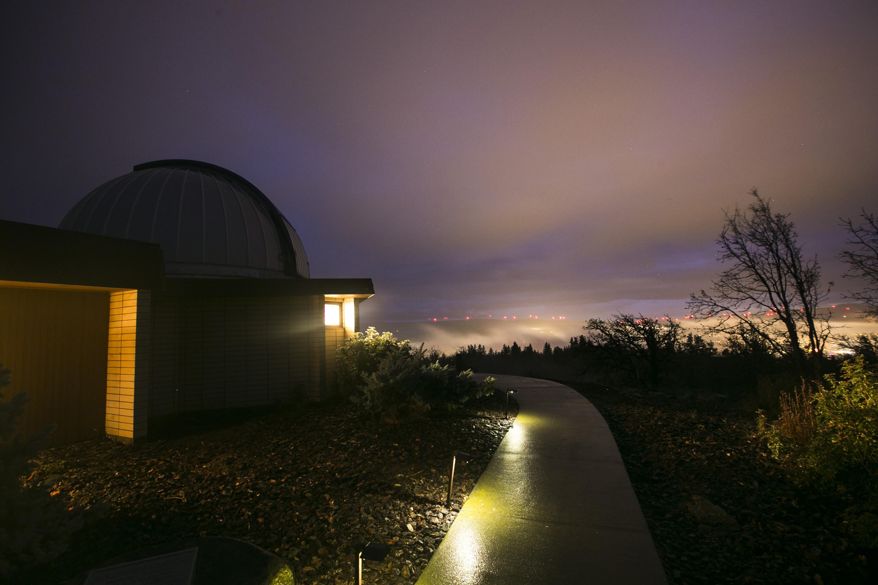

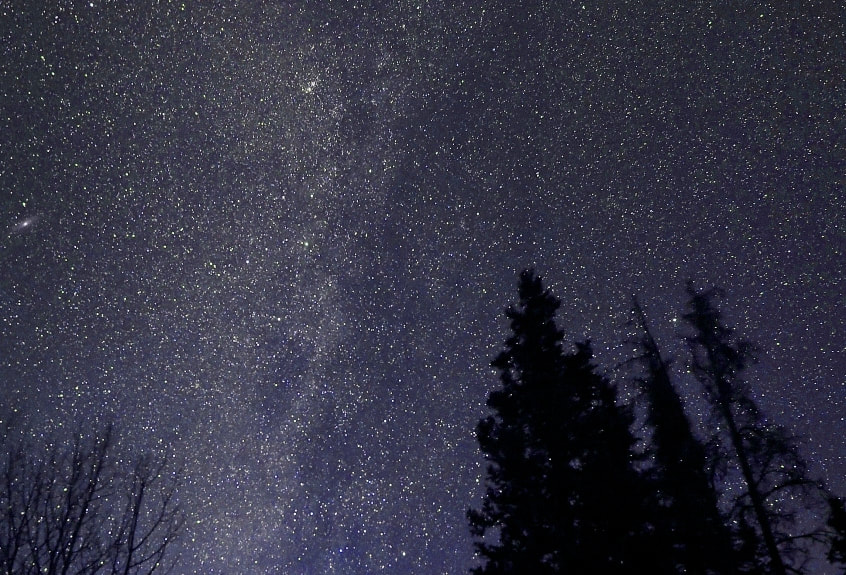
 RSS Feed
RSS Feed
